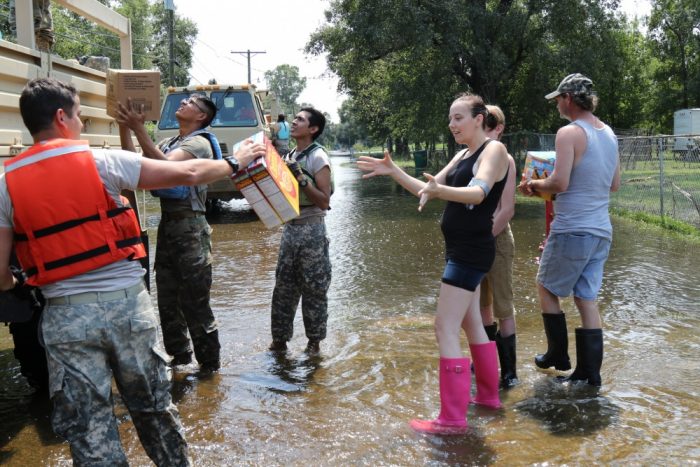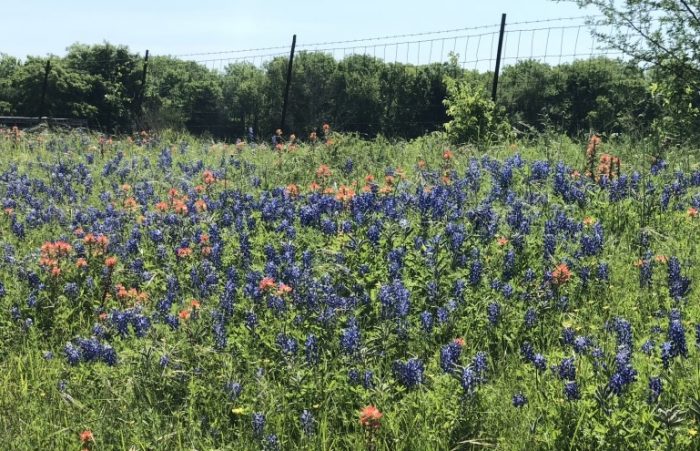Harvey and Sandy FEMA Numbers Tell Critical Story

“The scope of Harvey individual assistance is already 26 percent larger than all of Sandy at less than three weeks post disaster.”

Denise Gilliam, philanthropic liaison at FEMA, and member of the Center for Disaster Philanthropy advisory council sent me some astounding comparative statistics that I wanted to share.
Five states were affected by Hurricane Sandy in 2012 (Connecticut, Maryland, New Jersey, New York, and Rhode Island), resulting in a total of 548,970 individual assistance registrations.
For Hurricane Harvey, as of TODAY, registrations total 692,030. That is over one hundred thousand more people seeking federal assistance—thousands more people who are in need after Harvey’s devastation.
Denise went on to add an exclamation point to this statistic by saying that “The scope of Texas Harvey individual assistance is already 26 percent larger than all of Sandy at less than three weeks post disaster.”
Let us all use these figures to drive our commitment to supporting recovery for all communities affected by the 2017 Atlantic Hurricane season.
More like this

Giving Thanks in the Face of Disasters

